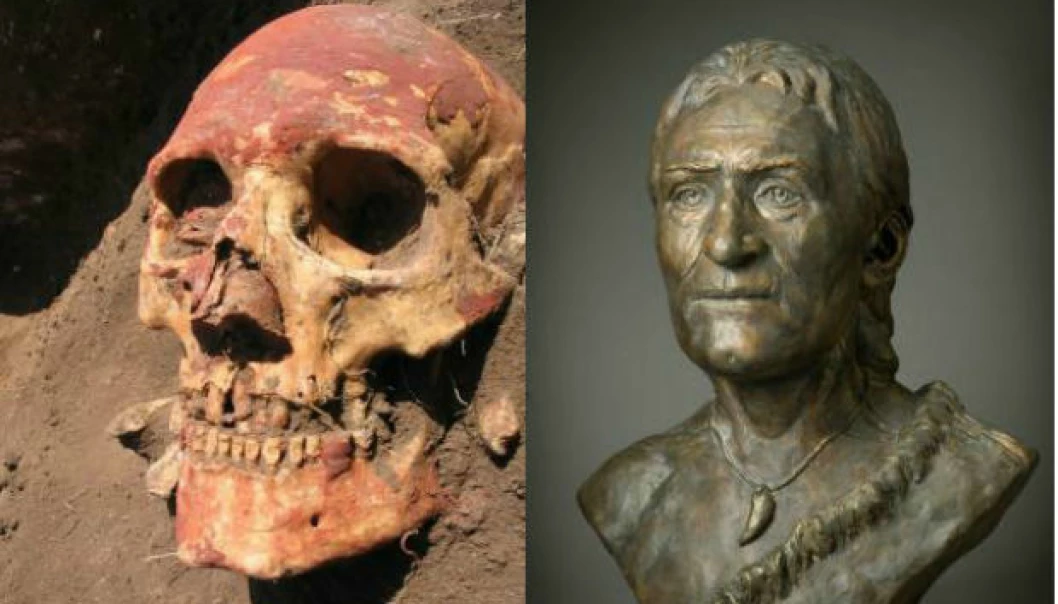

Rajat Gautam
The Yamnayas
The pastoralist populations of the Eurasian steppe have long been a source of archaeological and historical fascination. Although the later history of steppe pastoralists—including the rise of the Xiongnu and Mongol empires in the east—is reasonably well-established, the early emergence and expansion of pastoralist groups in the steppe occurred before the historical era and has largely been reconstructed on the basis of archaeological and linguistic data. More recently, ancient DNA evidence has provided insights into early steppe populations, revealing evidence for a major influx of steppe ancestry into Europe in the Late Neolithic that effectively transformed the European genetic landscape. Archaeogenetic data also link these same populations (referred to as Yamnaya) with pastoral Afanasievo populations far to the east in the Altai Mountains and Mongolia. Combined archaeological and genetic evidence supports widespread population movements in the Early Bronze Age (about 3300 to 2500 BC) from the Pontic–Caspian steppe that resulted in gene flow across vast distances, linking Yamnaya pastoralist populations in Scandinavia with groups that expanded into Siberia.
Although the Yamnaya expansions are well-established, the driving forces behind them remain unclear. A widely cited theory holds that the early spread of herders across Eurasia was facilitated by a newly mobile pastoral economy that was made possible by a combination of horse traction and bulk wagon transport. Together with regular dietary dependence on meat and milk, this opened up the steppe to exploitation and occupation by pastoralist communities. Yet for all its persuasiveness, the model remains inadequately supported by direct archaeological or biomolecular data. Archaeological evidence for the use of bulk wagon transport by the Eneolithic Maikop and Early Bronze Age Yamnaya groups exists in the form of carts and bridling materials10, but two other critical components of the model—a reliance on domesticated horses and ruminant dairying—remain archaeologically unproven.
The domestication status of Eurasian horses has long been debated, and recent archaeogenetic findings have shifted our understanding of early horses at the Eneolithic site of Botai in northern Kazakhstan by identifying them as Equus przewalskii rather than the modern-day domestic horse (Equus caballus). Although horses do appear in Early Bronze Age assemblages on the steppe, it remains unclear whether they were being ridden or indeed whether they were part of pastoral herds or simply hunted. On the eastern Eurasian steppe, growing evidence suggests that horses were not ridden or milked before about 1200 BC, and horses may have been uncommon in early pastoralist assemblages. Early ruminant dairying on the western steppe has also been inadequately demonstrated, as human stable isotope data from the region suggests—but cannot confirm—dairy consumption. Palaeoproteomics, which is the only method that is able to evince individual dairy consumption (rather than milk production) and provide taxonomic resolution, has so far been minimally applied to steppe populations. Across Yamnaya and Afanasievo populations, dairying evidence is available only for a few individuals from the eastern steppe who have ancestry from western steppe groups; the earliest individual provides only a taxonomically ambiguous ruminant (Ovis/Bos) peptide result.
To address the heavily debated question of what drove Yamnaya expansions across the steppe6, we conducted proteomic analysis of dental calculus sampled from 56 steppe individuals who span the Eneolithic to Late Bronze Age, and who date from between 4600 and 1700 BC. Our samples from the Eneolithic (about 4600 to 3300 BC) are from 19 individuals from 5 sites: Murzikha 2 (6 individuals), Khvalynsk 1 and Khvalynsk 2 (9 individuals), Ekaterinovka Mys (1 individual), Lebyazhinka 5 (1 individual) and Khlopkov Bugor (2 individuals). Ancient DNA results from Khvalynsk and other Eneolithic sites in the Volga and northern Caucasus support the existence of an Eneolithic population across this region that was genetically similar to the Yamnaya population, but who lacked the additional farmer (Anatolian) ancestry that would arrive later on the steppe. Published stable isotope and archaeological studies applied to Eneolithic populations from the Pontic region point to an economy based on fishing, the gathering of local plants and the keeping of domesticated animals.Given the importance of the horse in reconstructions of early pastoralist expansions, we also examined dental calculus from two individuals from the well-known site of Botai. With faunal assemblages dominated by horse remains and early lipid studies of ceramics indicating horse milking at the site by 3500 BC, the site is central to discussions of early horse milking and dairying in the Eurasian steppe.
Rajat Gautam
I am an aspiring writer as I do it for my passion. I love to read a lot and educate people on new stuff like History, Ancient Civilizations, Wars, Economy, etc.